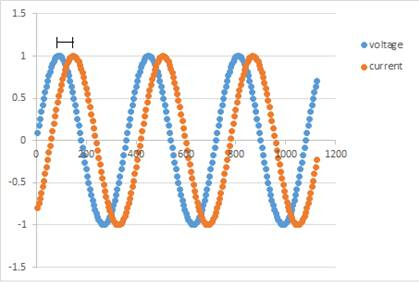Impedance spectroscopy has emerged as a valuable tool in environmental monitoring, offering a non-destructive and sensitive method for assessing various parameters in air, water, and soil. With applications ranging from pollution detection to the study of biological interactions, impedance spectroscopy contributes significantly to our understanding of environmental processes. In this article, we explore the role of impedance spectroscopy in environmental monitoring and its applications across diverse environmental matrices.
Basics of Impedance Spectroscopy in Environmental Monitoring
Impedance spectroscopy involves the measurement of the electrical impedance of a material as a function of frequency. In environmental monitoring, this technique provides insights into the electrical properties of different substances, aiding in the detection and characterization of pollutants, contaminants, and natural components.
Water Quality Monitoring
1. Detection of Contaminants
Impedance spectroscopy is employed for the detection of various water contaminants, including heavy metals, organic pollutants, and microbial contaminants. Changes in impedance spectra can indicate the presence and concentration of contaminants, offering a rapid and sensitive method for water quality assessment.
2. Monitoring Drinking Water Treatment Processes
Impedance spectroscopy plays a role in monitoring and optimizing drinking water treatment processes. By analyzing impedance changes during different treatment stages, researchers can assess the efficiency of processes like coagulation, flocculation, and disinfection, ensuring the production of safe and high-quality drinking water.
3. Studies of Biofouling and Algal Blooms
In aquatic systems, impedance spectroscopy aids in the study of biofouling on surfaces and the occurrence of algal blooms. Monitoring impedance changes can provide early indications of biofilm formation or algal growth, allowing for timely intervention and management strategies in water treatment plants and natural water bodies.
Soil Monitoring
1. Characterization of Soil Properties
Impedance spectroscopy is applied to characterize soil properties, including moisture content, porosity, and salinity. Monitoring changes in soil impedance over time helps researchers understand soil dynamics and assess the impact of environmental factors on soil health.
2. Contaminant Transport Studies
In soil science, impedance spectroscopy is used to study the transport of contaminants through the soil matrix. Understanding the electrical response of soils to different contaminants aids in predicting their movement and designing effective remediation strategies for contaminated sites.
Air Quality Monitoring
1. Detection of Airborne Pollutants
Impedance spectroscopy is employed for the detection of airborne pollutants such as particulate matter and gases. Sensors based on impedance spectroscopy can provide real-time monitoring of air quality, contributing to pollution control measures and public health assessments.
2. Monitoring Indoor Air Quality
In indoor environments, impedance spectroscopy is utilized to monitor indoor air quality and assess the effectiveness of ventilation systems. The technique helps identify pollutants, measure their concentrations, and optimize strategies for maintaining healthy indoor environments.
Biological and Ecological Studies
1. Microbial Detection and Monitoring
Impedance spectroscopy is applied in microbial detection and monitoring. Changes in impedance can be correlated with microbial growth, enabling the rapid detection of pathogens in water or soil. This application is crucial for ensuring the safety of environmental and public health.
2. Studies of Plant Physiology
Impedance spectroscopy contributes to plant physiology studies by assessing the electrical properties of plant tissues. Monitoring impedance changes can provide insights into plant health, stress responses, and the impact of environmental factors on vegetation.
Challenges and Future Directions
Challenges in impedance spectroscopy for environmental monitoring include the need for sensor miniaturization, addressing matrix effects, and developing standardized protocols. Future directions may involve the integration of impedance spectroscopy with other sensing technologies, the use of wireless sensor networks for real-time monitoring, and advancements in sensor materials for improved selectivity.
Conclusion
Impedance spectroscopy serves as a versatile and valuable tool in environmental monitoring, contributing to the assessment of water quality, soil health, air pollution, and biological interactions. As the demand for effective environmental monitoring solutions grows, impedance spectroscopy continues to play a pivotal role in advancing our understanding of complex environmental systems and supporting sustainable management practices.



